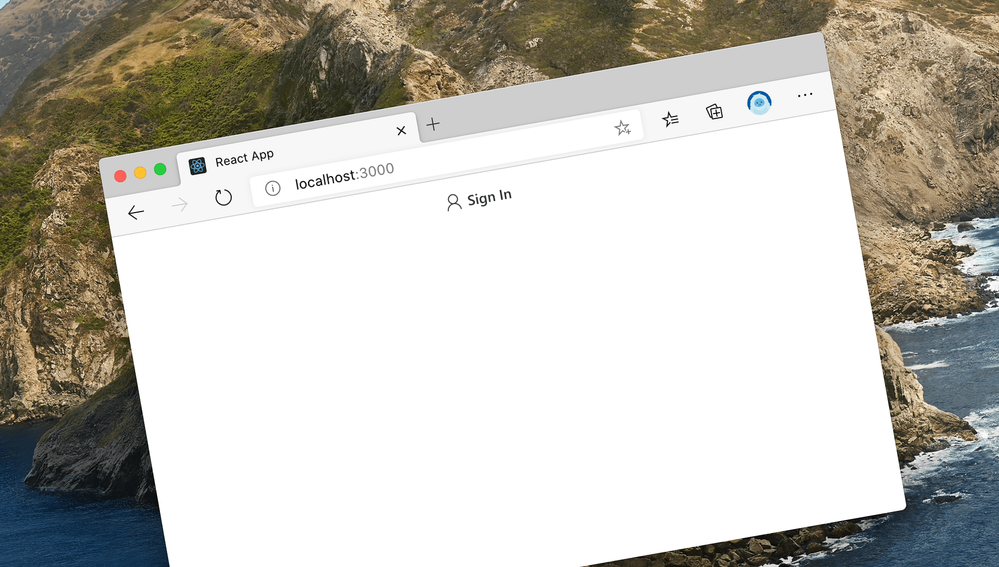
by Contributed | Jul 8, 2021 | Technology
This article is contributed. See the original author and article here.

When using Microsoft Graph Toolkit with Azure AD single-tenant Azure AD apps, you need to adjust MSAL Provider initiation for your app to work. Here is how.
Microsoft Graph Toolkit – the easiest way to connect to Microsoft 365
Microsoft Graph Toolkit (MGT) is a set of web components that abstract away the plumbing behind connecting to Microsoft Graph and allow you to focus on your application instead.
Microsoft Graph Toolkit is available as a generic set of web components distributed through the @microsoft/mgt npm package. If you’re building apps with React, you can use the @microsoft/mgt-react package which wraps MGT web component in React components making it easier to pass complex data and hook the components up to events.
Before you begin, connect to Azure AD
Microsoft Graph Toolkit allows you to connect your app to Microsoft 365 through Microsoft Graph. To do that, it needs to authenticate the user working with your web app against their tenant.
If you build applications using SharePoint Framework, you can reuse the existing authentication context. But if you build a standalone web app, you need to register an application in Azure Active Directory and use it with MGT’s MSAL Provider, like:
import { MsalProvider } from ‘@microsoft/mgt-msal-provider‘;
Providers.globalProvider = new MsalProvider({
clientId: ‘ab9533b2-4e1e-4aaf-8412-8f02cfb9484c‘
});
In some cases though, this setup is not enough.
Single- vs. multi-tenant Azure AD apps
When you create an Azure AD app, you choose whether you want the application to be single- or multi-tenant. In other words, whether users from any directory should be allowed to use the app or only users from the same directory where the app is registered.
If your organization uses a single directory, registering your Azure AD app as single-tenant allows you to create an additional security measure preventing your app from unintended use.
The side-effect is though, that if you want to use a single-tenant Azure AD app with Microsoft Graph Toolkit, you need to instruct it where your Azure AD app is registered.
Use single-tenant Azure AD apps with Microsoft Graph Toolkit
If you try to use a single-tenant Azure AD with Microsoft Graph Toolkit using the default MSAL Provider setup with just the clientId, when you try to login to your app, you won’t be able to.
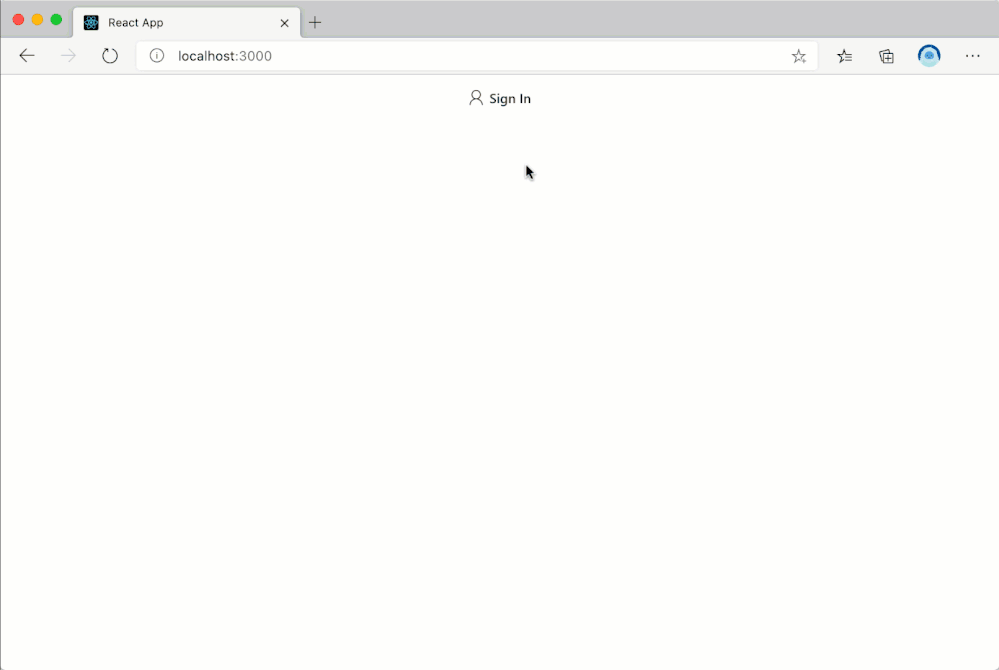
While you won’t see any error in the UI, if you open developer tools in your browser and take a look at requests, you will see a GET request to https://login.microsoftonline.com/common/reprocess followed by a 302 response with the error message in the query string:
http://localhost:3000/#error=invalid_request&error_description=AADSTS50194%3a+Application+%27ab9533b2-4e1e-4aaf-8412-8f02cfb9484c%27(My+M365+app)+is+not+configured+as+a+multi-tenant+application.+Usage+of+the+%2fcommon+endpoint+is+not+supported+for+such+applications+created+after+%2710%2f15%2f2018%27.+Use+a+tenant-specific+endpoint+or+configure+the+application+to+be+multi-tenant.%0d%0aTrace+ID%3a+79cfbca0-d484-461e-9d56-f3a4b4a30f00%0d%0aCorrelation+ID%3a+ffbed0df-da84-4076-a52b-9d3037c28ff9%0d%0aTimestamp%3a+2021-01-04+12%3a10%3a38Z&state=eyJpZCI6ImQyNGZjY2YxLTk2OTk…
For readability, here is the exact error message:
AADSTS50194: Application ‘ab9533b2-4e1e-4aaf-8412-8f02cfb9484c'(My M365 app) is not configured as a multi-tenant application. Usage of the /common endpoint is not supported for such applications created after ’10/15/2018’. Use a tenant-specific endpoint or configure the application to be multi-tenant
For you to be able to use a single-tenant Azure AD app with Microsoft Graph Toolkit, you need to extend the MsalProvider initialization with authority:
import { MsalProvider } from ‘@microsoft/mgt-msal-provider‘;
Providers.globalProvider = new MsalProvider({
clientId: ‘ab9533b2-4e1e-4aaf-8412-8f02cfb9484c‘,
authority: ‘https://login.microsoftonline.com/f7322380-f203-42ff-93e8-66e266f6d2e4‘
});
The GUID in the authority (f7322380-f203-42ff-93e8-66e266f6d2e4), is the ID of the Azure Active Directory where you have registered your application.
After this change, you will be able to use your app with Microsoft Graph Toolkit just as you’d expect.
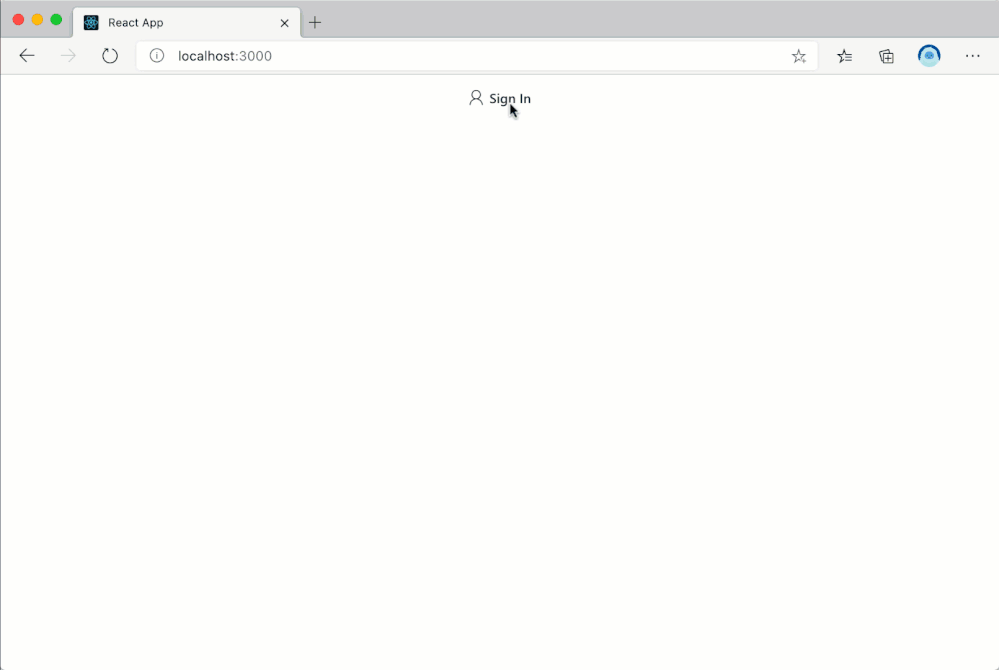
When you use multi-tenant Azure AD apps with Microsoft Graph Toolkit, instantiating the MSAL Provider with just the clientId is sufficient. But when you use a single-tenant Azure AD app, you also need to specify the authority to instruct Azure AD where the app is registered.

by Contributed | Jul 8, 2021 | Technology
This article is contributed. See the original author and article here.
COVID-19 has a created an inflection point that is accelerating the use of AI in healthcare. More data was created in the last two years than in the previous 5,000 years of humanity. Alongside this trend, we see an acceleration of decision support applications that are based on extracting clinical insights and analytics from data. AI and Machine Learning play an important role in our ability to understand big data and learn from it.
Today we are announcing Text Analytics for Health as generally available with Text Analytics in Azure Cognitive Services. The service allows developers to process and extract insights from unstructured biomedical text, including various types of clinical notes, medical publications, electronic health records, clinical trial protocols, and more, expediting the ability to learn from this data and leverage it for secondary use.
The service has been in preview since July 2020 supports enhanced information extraction capabilities, as follows:
- Identifying medical concepts in text, determining boundaries and classification into domain-specific entities. Concepts include Diagnosis, Symptoms, Examination, Medications, and more. Recent additions to the GA service include expanding the Genomics category to enable extracting mutation types and expression in addition to identifying genes and variants. The current version of the service we are releasing as generally available contains 31 different entity types, and we will be increasing this in the future.

- Associating medical entities with common ontology concepts from standard clinical coding systems, such as UMLS, SNOMED-CT, ICD9 and 10 etc.

- Identifying and extracting semantic relationships and dependencies between different entities to provide deeper understanding of the text, like Dosage of Medication or Variant or Gene. Recent additions made to the service toward its general availability include expanding the types of relationships, and the service now supports 35 different types.

- Assertion detection, to support better understanding of the context in which the entity appears in the text. The Assertions help you detect whether an entity appears in negated form, as possible, likely, unlikely (for example, “patients with possible NHL”)
- Whether the mention is conditional, or mentioned in a hypothetical way (for example, “if patient has rashes (hypothetical), prescribe Solumedrol (conditional)”, or whether something is mentioned in the context of someone else (for example, “patient’s mother had history of breast cancer” does not mean the patient has breast cancer).

The service can be used synchronously and asynchronously and is available in most Azure regions, currently in English. The service can be used via a hosted endpoint or by downloading a container, to meet your specific security and data governance requirements. Either way, the service does not store the data it processes and is covered under the Azure compliance .
During the last year, the service was available under a gated preview program. With today’s announcement on general availability, we are removing the gating off the service.
Get started today,
Review Text Analytics for health documentation
Learn more about Microsoft Cloud for Healthcare
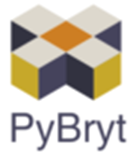
by Contributed | Jul 8, 2021 | Technology
This article is contributed. See the original author and article here.
We need you to help us level the playing field in higher education


We are a MSc student consulting team from Imperial College Business School London working on a project for Microsoft’s Open Sourced auto-assessment Python Library, PyBryt.
We consist of 5 team members, Yaw Kusi Arthur, Rohit Kumar Lalwani, Karlan Cortese, Milan Patel, Stepan Cherkasov and we’re interested in learning about educators in higher education’s perspective on auto-assessment tools. With your help, we aim to gain insights that would better PyBryt and, in the process, level the playfield of education!
PyBryt is a free, Open-Source auto-assessment Python library for teaching and learning that offers meaningful feedback to learners, analysis of complexity within learner solutions, plagiarism detection and easy integration into existing organizational infrastructure.
Find out more about PyBryt here With you help we can empower you as an educator. Click on the survey above now!
Click below to access the survey:
Educator Survey (5min)
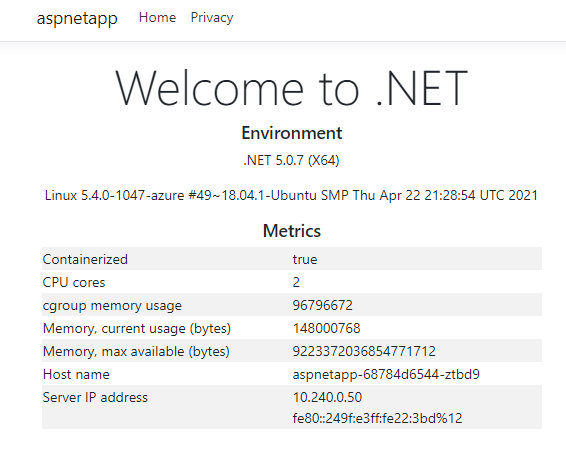
by Contributed | Jul 8, 2021 | Technology
This article is contributed. See the original author and article here.
Application deployment
Let’s deploy a demo app to verify that the app gateway and the AKS cluster have been successfully integrated.
kubectl apply -f deployment_aspnet.yaml
Let’s deploy the application.
kubectl get po -o wide
NAME READY STATUS RESTARTS AGE IP NODE NOMINATED NODE READINESS GATES
aad-pod-identity-mic-787c5958fd-kmx9b 1/1 Running 0 177m 10.240.0.33 aks-nodepool1-94448771-vmss000000 <none> <none>
aad-pod-identity-mic-787c5958fd-nkpv4 1/1 Running 0 177m 10.240.0.63 aks-nodepool1-94448771-vmss000001 <none> <none>
aad-pod-identity-nmi-mhp86 1/1 Running 0 177m 10.240.0.4 aks-nodepool1-94448771-vmss000000 <none> <none>
aad-pod-identity-nmi-sjpvw 1/1 Running 0 177m 10.240.0.35 aks-nodepool1-94448771-vmss000001 <none> <none>
aad-pod-identity-nmi-xnfxh 1/1 Running 0 177m 10.240.0.66 aks-nodepool1-94448771-vmss000002 <none> <none>
agic-ingress-azure-84967fc5b6-cqcn4 1/1 Running 0 111m 10.240.0.79 aks-nodepool1-94448771-vmss000002 <none> <none>
aspnetapp-68784d6544-j99qg 1/1 Running 0 96 10.240.0.75 aks-nodepool1-94448771-vmss000002 <none> <none>
aspnetapp-68784d6544-v9449 1/1 Running 0 96 10.240.0.13 aks-nodepool1-94448771-vmss000000 <none> <none>
aspnetapp-68784d6544-ztbd9 1/1 Running 0 96 10.240.0.50 aks-nodepool1-94448771-vmss000001 <none> <none>
We can see that the pods of the app are working correctly. Note that their IPs are 10.240.0.13, 10.240.0.50, and 10.240.0.75.
The app gateway backend can be seen as the IP above.
az network application-gateway show-backend-health
-g $RESOURCE_GROUP
-n $APP_GATEWAY
--query backendAddressPools[].backendHttpSettingsCollection[].servers[][address,health]
[
[
"10.240.0.13",
"Healthy"
],
[
"10.240.0.50",
"Healthy"
],
[
"10.240.0.75",
"Healthy"
]
]
Check the I P address on the front end.
az network public-ip show -g $RESOURCE_GROUP -n $APPGW_IP --query ipAddress -o tsv
Then access this IP with a browser and you’ll see it.

Refresh a few more times, and Host name and Server IP address display 3 host names and IPs in turns, which are the 3 pod names and intranet IPs of the pods we deployed earlier. This shows that pods integration in the application gateway and AKS has been successfully implemented.
Deploy a new cluster of AKS
Create a new version of the AKS cluster
Let’s create a new AKS clusters in the subnet where the existing AKS is located. Our previous version of AKS uses the current default version of1.19.11. The new AKS cluster uses 1.20.7, and all the other parameters remain unchanged.
AKS_NEW=new
az aks create -n $AKS_NEW
-g $RESOURCE_GROUP
-l $AZ_REGION
--generate-ssh-keys
--network-plugin azure
--enable-managed-identity
--vnet-subnet-id $AKS_SUBNET_ID
--kubernetes-version 1.20.7
We also installs application-gateway-kubernetes-ingress in the new AKS cluster with Helm.
Install Pod Identify in the new version of the AKS cluster
Connect to the AKS cluster.
az aks get-credentials --resource-group $RESOURCE_GROUP --name $AKS_NEW
Install AAD Pod Identify
kubectl create serviceaccount --namespace kube-system tiller-sa
kubectl create clusterrolebinding tiller-cluster-rule --clusterrole=cluster-admin --serviceaccount=kube-system:tiller-sa
helm repo add aad-pod-identity https://raw.githubusercontent.com/Azure/aad-pod-identity/master/charts
helm install aad-pod-identity aad-pod-identity/aad-pod-identity
Install Application Gateway Ingress Controller with helm.
helm repo add application-gateway-kubernetes-ingress https://appgwingress.blob.core.windows.net/ingress-azure-helm-package/
helm repo update
Deploy apps on the new version of the AKS cluster
We install the same app in the new AKS cluster.
kubectl apply -f deployment_aspnet.yaml
Once the app is deployed, list Pod.
kubectl get po -o=custom-columns=NAME:.metadata.name,
podIP:.status.podIP,NODE:.spec.nodeName,
READY-true:.status.containerStatuses[*].ready
NAME podIP NODE READY-true
aad-pod-identity-mic-787c5958fd-flzgv 10.240.0.189 aks-nodepool1-20247409-vmss000002 true
aad-pod-identity-mic-787c5958fd-rv2ql 10.240.0.103 aks-nodepool1-20247409-vmss000000 true
aad-pod-identity-nmi-79sz7 10.240.0.159 aks-nodepool1-20247409-vmss000002 true
aad-pod-identity-nmi-8wjnj 10.240.0.97 aks-nodepool1-20247409-vmss000000 true
aad-pod-identity-nmi-qnrh9 10.240.0.128 aks-nodepool1-20247409-vmss000001 true
aspnetapp-68784d6544-8pd8c 10.240.0.130 aks-nodepool1-20247409-vmss000001 true
aspnetapp-68784d6544-8r2hr 10.240.0.172 aks-nodepool1-20247409-vmss000002 true
aspnetapp-68784d6544-9ftvm 10.240.0.107 aks-nodepool1-20247409-vmss000000 true
In the actual production operations process, after deploying a good app, we do not associate to the existing application gateway directly. Instead, we remotely log on and test through private network access.
kubectl run -it --rm aks-ssh --image=mcr.microsoft.com/aks/fundamental/base-ubuntu:v0.0.11
Once the container is started, it goes straight into the container, and we visit the three intranet IPs mentioned above –10.240.0.107, 10.240.0.130, 10.240.0.172. For example,
root@aks-ssh:/# curl http://10.240.0.107
root@aks-ssh:/# curl http://10.240.0.130
root@aks-ssh:/# curl http://10.240.0.172
We see that all can return content normally. This can used to simulate the new environment has been tested and passed, and finally the new AKS cluster is associated with the existing application gateway.
Switching the app gateway to integrate with the new version of AKS
Install the AGIC with the following command.
helm install agic application-gateway-kubernetes-ingress/ingress-azure -f helm_agic.yaml
Wait a few seconds
kubectl get po -o=custom-columns=NAME:. metadata.name,podIP:.status.podIP,NODE:.spec.nodeName,READY-true:.status.containerStatuses[*].ready
NAME podIP NODE READY-true
aad-pod-identity-mic-787c5958fd-flzgv 10.240.0.189 aks-nodepool1-20247409-vmss000002 true
aad-pod-identity-mic-787c5958fd-rv2ql 10.240.0.103 aks-nodepool1-20247409-vmss000000 true
aad-pod-identity-nmi-79sz7 10.240.0.159 aks-nodepool1-20247409-vmss000002 true
aad-pod-identity-nmi-8wjnj 10.240.0.97 aks-nodepool1-20247409-vmss000000 true
aad-pod-identity-nmi-qnrh9 10.240.0.128 aks-nodepool1-20247409-vmss000001 true
agic-ingress-azure-84967fc5b6-9rvzn 10.240.0.152 aks-nodepool1-20247409-vmss000001 true
aspnetapp-68784d6544-8pd8c 10.240.0.130 aks-nodepool1-20247409-vmss000001 true
aspnetapp-68784d6544-8r2hr 10.240.0.172 aks-nodepool1-20247409-vmss000002 true
aspnetapp-68784d6544-9ftvm 10.240.0.107 aks-nodepool1-20247409-vmss000000 true
We can see that the pod for agic-ingress-azure-*** is up and running.
First look at the back end of the app gateway from the command line and it’s updated to the new pods.
az network application-gateway show-backend-health
-g $RESOURCE_GROUP
-n $APP_GATEWAY
--query backendAddressPools[].backendHttpSettingsCollection[].servers[][address,health]
[
[
"10.240.0.107",
"Healthy"
],
[
"10.240.0.130",
"Healthy"
],
[
"10.240.0.172",
"Healthy"
]
]
Let’s go back to the browser to refresh the public network IP of the app gateway and see that the Host name and IP display have switched to the new backend.
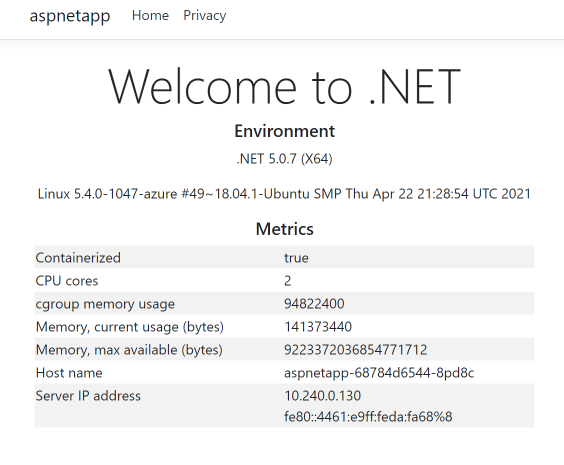
If the new AKS cluster fails, we can switch back to the old AKS cluster. Just connect to the old AKS cluster first.
az aks get-credentials --resource-group $RESOURCE_GROUP --name $AKS_OLD
Run the commands to install AGIC again.
helm uninstall agic
helm install agic application-gateway-kubernetes-ingress/ingress-azure -f helm_agic.yaml
We can see that the pod for AGIC is already running.
kubectl get po -o wide
NAME READY STATUS RESTARTS AGE IP NODE NOMINATED NODE READINESS GATES
aad-pod-identity-mic-787c5958fd-kmx9b 1/1 Running 0 2d1h 10.240.0.33 aks-nodepool1-94448771-vmss000000 <none> <none>
aad-pod-identity-mic-787c5958fd-nkpv4 1/1 Running 1 2d1h 10.240.0.63 aks-nodepool1-94448771-vmss000001 <none> <none>
aad-pod-identity-nmi-mhp86 1/1 Running 0 2d1h 10.240.0.4 aks-nodepool1-94448771-vmss000000 <none> <none>
aad-pod-identity-nmi-sjpvw 1/1 Running 0 2d1h 10.240.0.35 aks-nodepool1-94448771-vmss000001 <none> <none>
aad-pod-identity-nmi-xnfxh 1/1 Running 0 2d1h 10.240.0.66 aks-nodepool1-94448771-vmss000002 <none> <none>
agic-ingress-azure-84967fc5b6-nwbh4 1/1 Running 0 8s 10.240.0.70 aks-nodepool1-94448771-vmss000002 <none> <none>
aspnetapp-68784d6544-j99qg 1/1 Running 0 2d 10.240.0.75 aks-nodepool1-94448771-vmss000002 <none> <none>
aspnetapp-68784d6544-v9449 1/1 Running 0 2d 10.240.0.13 aks-nodepool1-94448771-vmss000000 <none> <none>
aspnetapp-68784d6544-ztbd9 1/1 Running 0 2d 10.240.0.50 aks-nodepool1-94448771-vmss000001 <none> <none>
Then look at the app gateway backend
az network application-gateway show-backend-health
-g $RESOURCE_GROUP
-n $APP_GATEWAY
--query backendAddressPools[].backendHttpSettingsCollection[].servers[][address,health]
[
[
"10.240.0.13",
"Healthy"
],
[
"10.240.0.50",
"Healthy"
],
[
"10.240.0.75",
"Healthy"
]
]
We can see that the same app gateway backend has been restored to the IPs of the old AKS cluster.
During the process to uninstall and reinstall the AGIC, neither the app gateway nor the app’s pods are being operated. Therefore, there is not any interruption to front-end access. With this, it is possible to finally implement the old and new AKS clusters that are retained at the same time and can be switched in real time.
summary
The above is an example of a common Web application that demonstrates a new AKS cluster can be securely upgraded with a blue-green deployment. In addition to Web apps, applications of all types and scenarios can be referenced to switch between AKS clusters and upstream integrations for real-time switching and rollback.














Recent Comments